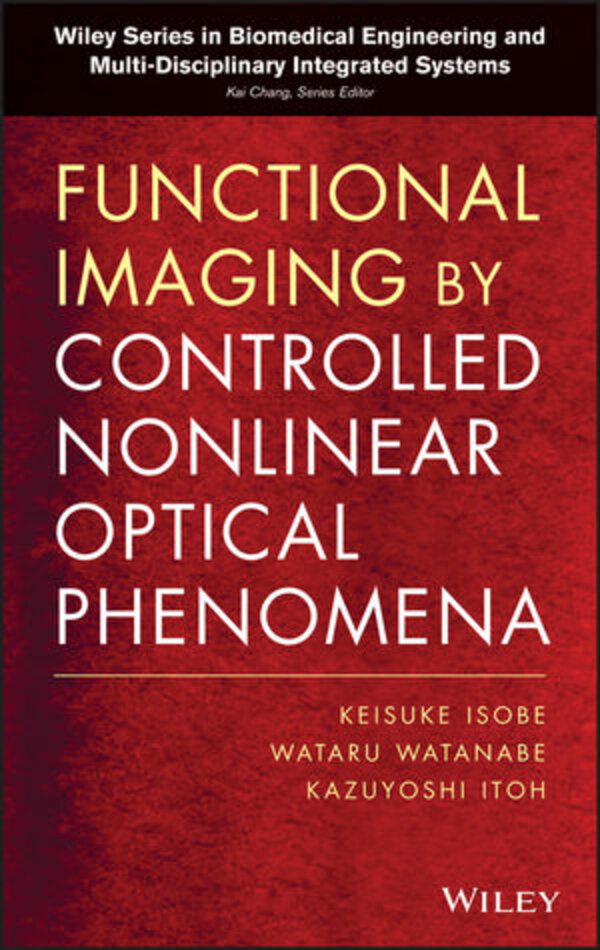
„The authors have provided a remarkable reference on nonlinear optical and functional imaging, which includes powerful microscopy and spectroscopy techniques via ultrafast laser pulses . . . Researchers and graduate students interested in microscopy, spectroscopy and nonlinear optics would benefit from this book.“ (Optics & Photonics News, 4 April 2014)
Functional Imaging by Controlled Nonlinear Optical Phenomena
von Kazuyoshi Itoh, Keisuke Isobe und Wataru WatanabeUltrafast lasers allow high-precision imaging and manipulation for biological and medical applications. Nonlinear optical microscopy has provided researchers with unique possibilities of three-dimensional imaging of biological cells and tissues. Nonlinear optical imaging technique is a rapidly emerging research area with widespread fundamental research and clinical applications. Nonlinear optical imaging allows both structural and functional imaging with cellular level resolution imaging in biological systems. The introduction of endogenous or exogenous probes can selectively enhance contrast for molecular targets in a living cell as well as supply functional information on processes. With the aim to control nonlinear optical processes and to obtain functional images, nonlinear optical processes can be controlled by photo-controlled probes and/or parameters of ultrafast laser pulses, such as time, space, polarization, and phase.
This book gives an overview of the nonlinear optical process by ultrafast laser pulses and explains how the basics of nonlinear optical microscopy led to the most advanced techniques of photo-controlled nonlinear optical microscopy.





